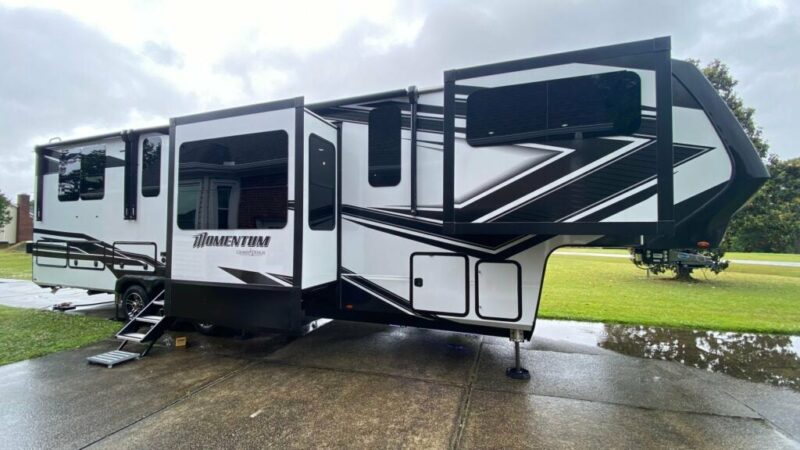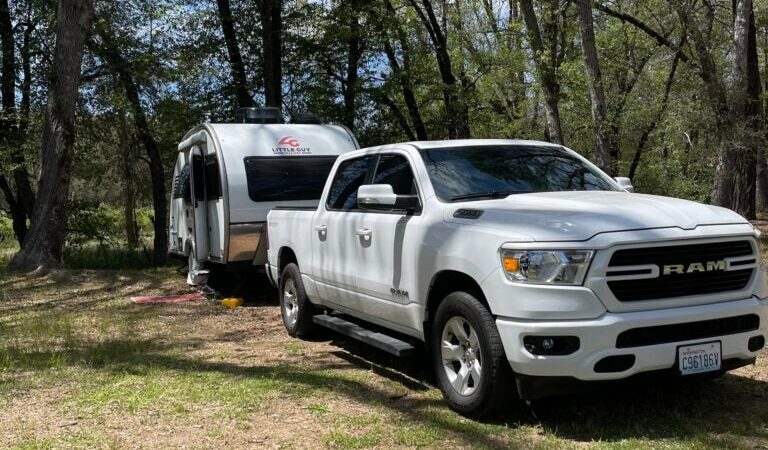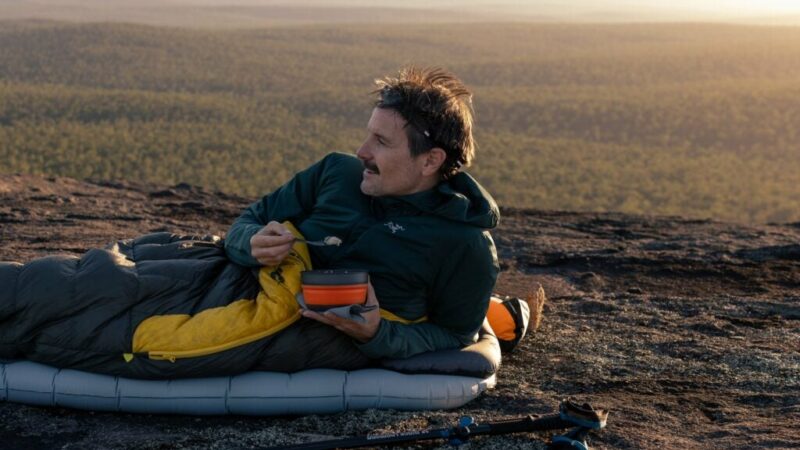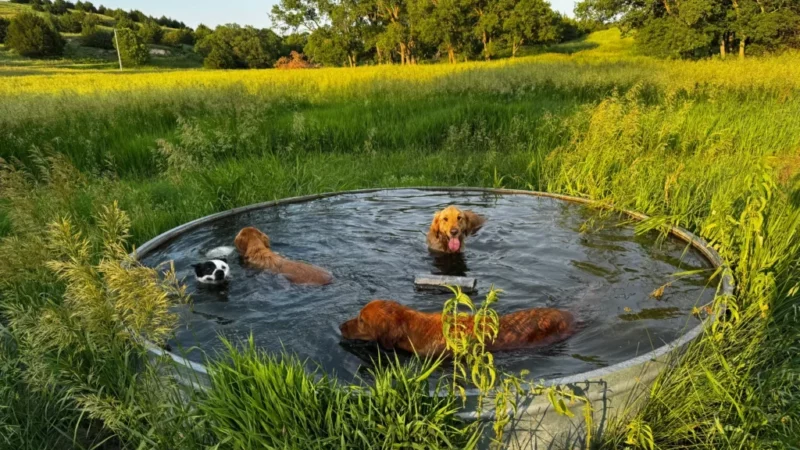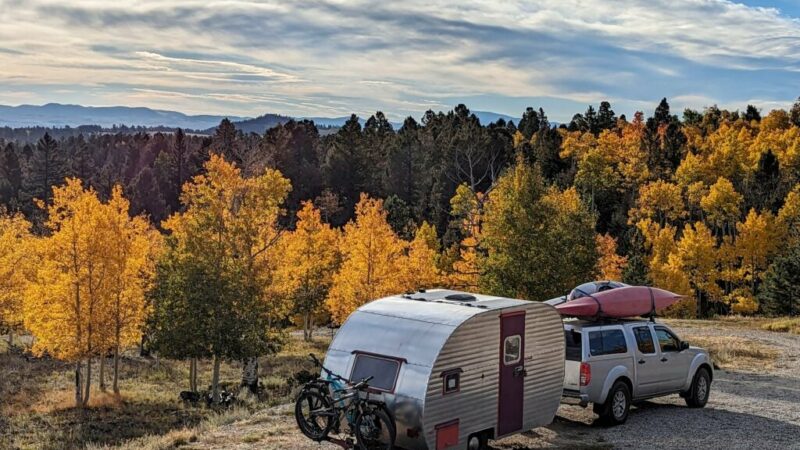5 Tips for Staying Cozy as a Cold Sleeper
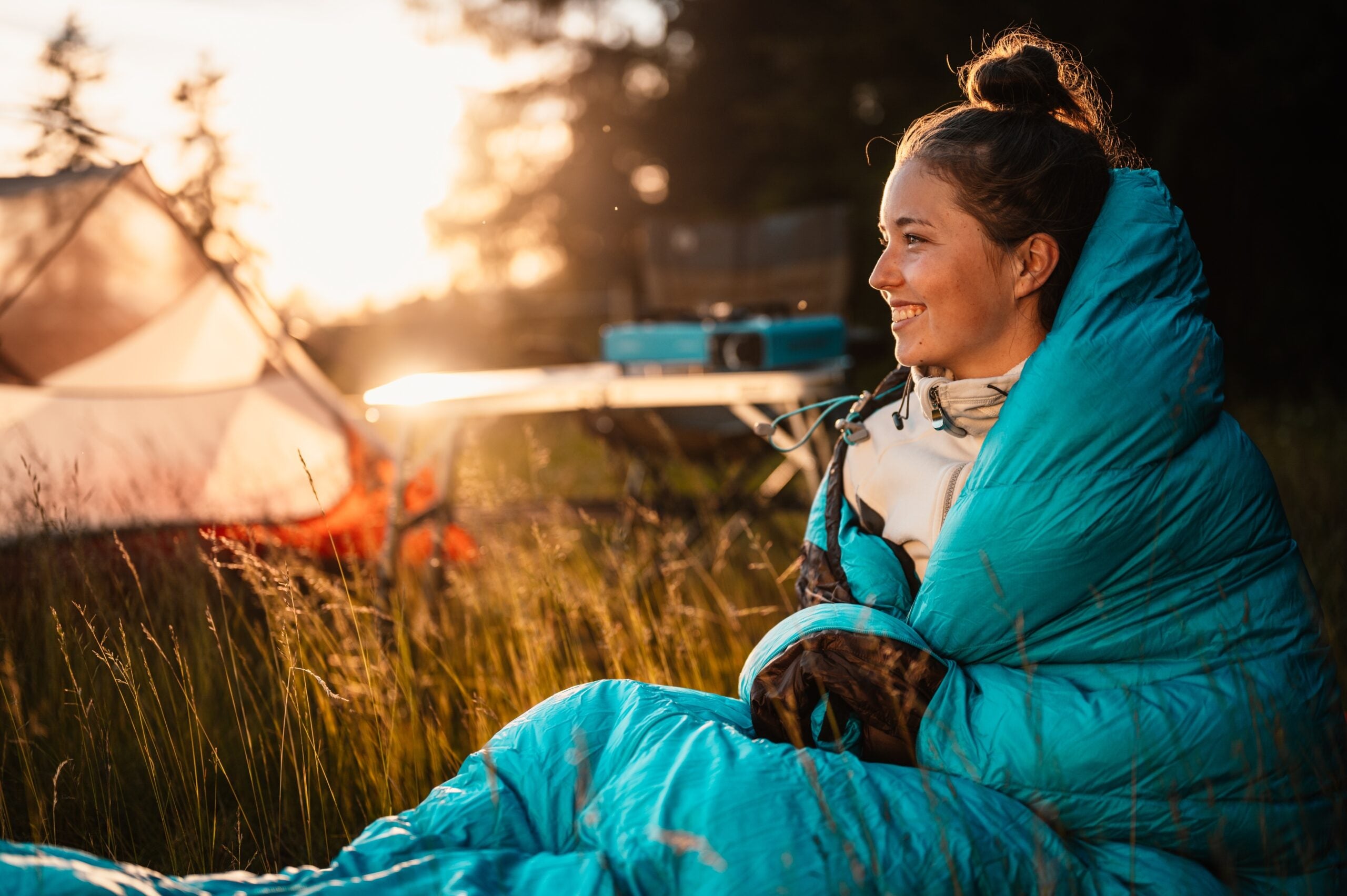
After the sun has gone down on a long day of outdoor adventures and campfire shenanigans, it’s finally time to crawl into your sleeping bag for a good night’s sleep… Except your toes are frozen and your teeth are chattering. For the cold sleepers out there, cooler months or high elevation campsites can mean long nights of tossing, turning, and shivering while your hot-blooded companions snooze away peacefully. But no worries—these tips will help you get a good night’s rest no matter the temperature outside.
Understand your sleep system
The two main components to your sleep system are your sleeping bag (or quilt) and sleeping pad, and they’re of equal importance. Sleeping bags and quilts are rated for a comfortable sleeping temperature—normally 0°F to 40°F degrees. Though sleeping bags have insulation, it’s ineffective when compressed. You read that right—the part of the sleeping bag squished underneath you isn’t doing much to keep you warm. That’s where the sleeping pad comes in. More than just a comfy cushion, a pad helps prevent heat transfer from your body to the chilly ground below.
Sleeping pad ratings are called the R-value, which typically range from 1-7, and thicker camping mattresses can go even higher. The R-value doesn’t correspond to temperature, but rather, how well it “resists” heat. While there’s no official range connecting R-value to temperature, the higher the number, the warmer the sleeping pad. Generally speaking, an R-value of 3-4 will be sufficient for three-season camping.
Research the weather
It sounds self-explanatory to look up the weather before going on a trip, but between the excitement of a new adventure and getting everything together, you might overlook this detail. Researching the weather goes beyond just looking at the forecast. We recommend looking at average weather patterns for your destination and time of year. This can help you get a sense of what might happen if the forecast happens to be wrong. Sure, maybe it’s not supposed to snow over the weekend, but knowing it could will help you be better prepared with the right gear.
Prime your sleeping bag
There’s a reason a hot water bottle in your sleeping bag is classic advice—it works! Tucking a hot water bottle into your sleeping bag 15 minutes before you get in yourself will make things a bit more cozy. Priming your sleeping bag with a heat source will save your body a tiny bit of energy, since you won’t need to warm the air all by yourself. And theres no shame in sleeping with the hot water bottle all night either!
For extra cold nights or extra cold sleepers, hard warmers (disposable or rechargeable) can stay warm for 6 to 10 hours (longer than the hot water bottle). While you sleep, try placing them close to a large artery on your body, as this will distribute heat throughout your body faster. Just make sure they’re not too hot, or don’t place them directly against your skin.
Accessorize
When in doubt, accessorize! The right, key pieces of gear on your feet or head is a direct connection to coziness. Most of the heat in your body will escape from your extremities, like your head, feet, and hands, so cover these parts with a hat, socks, or gloves. But a word of warning—socks that are too tight can constrict blood circulation to your toes, making them even colder. Brrr! Instead, opt for a loose pair of down socks or booties, which are both loose and incredibly warm at the same time.
Even though using a gaiter while sleeping is a little controversial—condensation from your breath will make the gaiter wet—making the right gear choice will negate the downsides. A gaiter made from merino wool will stay warm even with the added moisture.
Nailing down your sleep routine will make your camping trips more comfortable (and enjoyable), so we hope you found some of these tips helpful! Be sure to share this post with your cold sleeper friends and family to keep their toes warm, too.
Popular Articles:
Source: https://thedyrt.com/magazine/gear/staying-warm-as-a-cold-sleeper/


